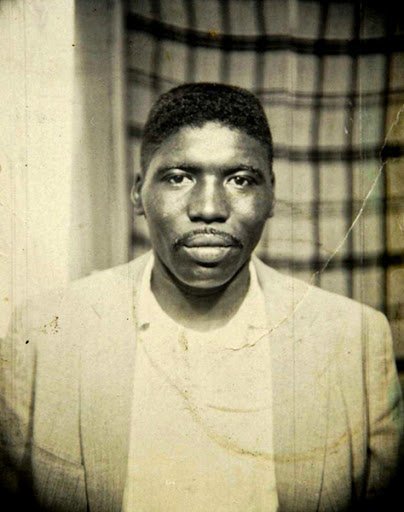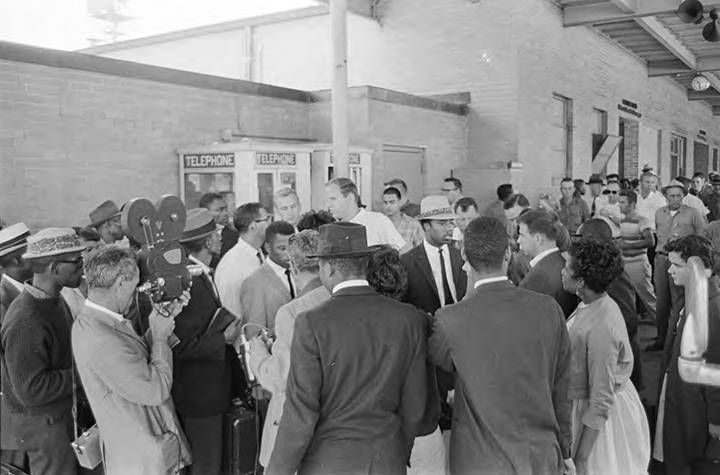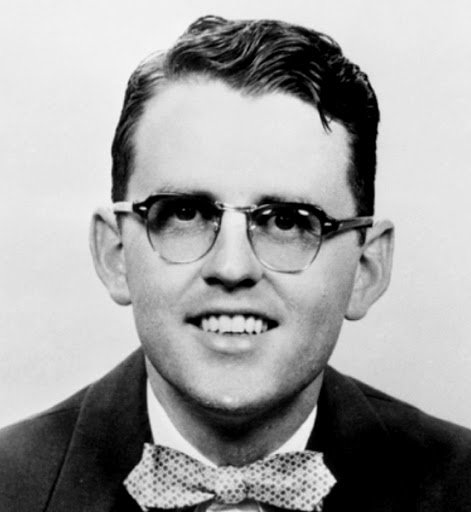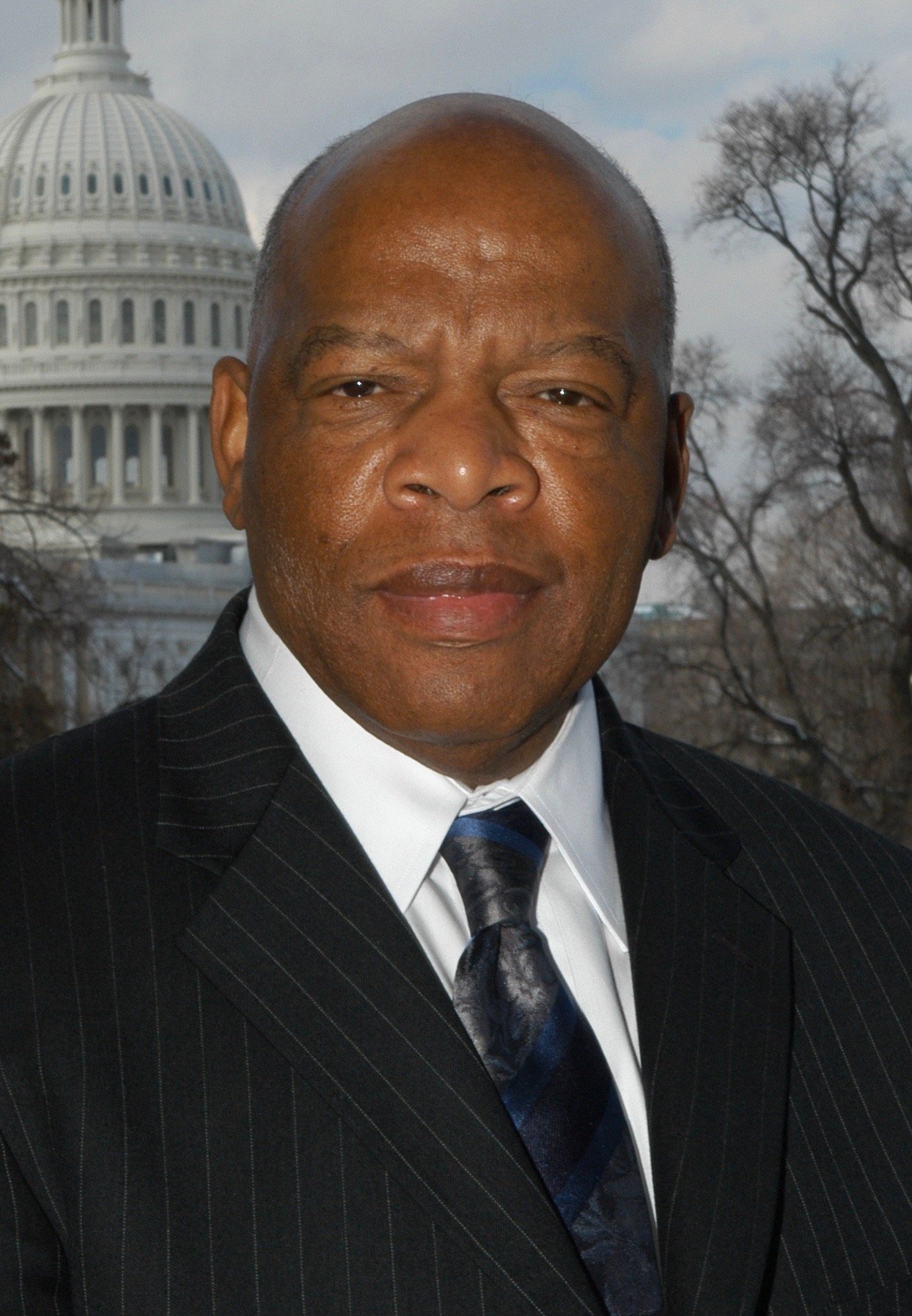The Selma to Montgomery march was part of a series of civil rights protests that occurred in 1965 in Alabama, a Southern state with deeply entrenched racist policies.
Death and discrimination
Even after the Civil Rights Act of 1964 prohibited discrimination in voting based on race, efforts by civil rights organisations such as the Student Nonviolent Coordinating Committee (SNCC) and the Southern Christian Leadership Council (SCLC) to register Black voters met with fierce resistance in southern states such as Alabama.
On 18 February 1965, white segregationists attacked a group of peaceful demonstrators in the town of Marion, Alabama. During the attack, an Alabama state trooper fatally shot Jimmie Lee Jackson, a young African American demonstrator.

A week later, Jackson died of his wounds, and leaders called for a 54-mile march from Selma to the state capital of Montgomery to bring attention to the injustice of Jackson’s death, the ongoing police violence, and the sweeping violations of African Americans’ civil rights.
On 6 March, George C Wallace, Alabama’s segregationist governor, disallowed the march and ordered state troopers to “take whatever means necessary” to prevent it.
Bloody Sunday
On 7 March 1965, 25-year-old John Lewis, chairman of the SNCC and SCLC member Hosea Williams, led over 600 marchers across the Edmund Pettus Bridge in Selma, Alabama.
At the end of the Edmund Pettus Bridge, 150 Alabama state troopers and sheriff’s deputies met the demonstrators and ordered them to disperse.

One minute and five seconds after a two-minute warning was announced, the troops rushed the group, wielding clubs, bullwhips, nightsticks and tear gas. John Lewis, who suffered a skull fracture, was one of the fifty-eight people treated for injuries at the local hospital. The day is remembered in history as “Bloody Sunday.”
The brutal scene was captured on television, enraging many Americans and drawing civil rights and religious leaders of all faiths to Selma in protest.
Klan attack
On 9 March, Martin Luther King Jnr led over 2,000 marchers, Black and white, across the Edmund Pettus Bridge but found Highway 80 blocked again by state troopers. King paused the marchers and led them in prayer. The troopers stepped aside. But King turned the protesters around, believing that the troopers were trying to create an opportunity that would allow them to enforce a federal injunction prohibiting the march. This decision led to criticism from some marchers, who called King cowardly.

That night, a group of Ku Klux Klan attacked another protester; the young white minister James Reeb, beating him to death. Alabama state officials (led by Governor Wallace) tried to prevent the march from going ahead, but a US district court judge ordered them to permit it.
We shall overcome
Six days later, on 15 March, President Lyndon B Johnson went on national television to pledge his support to the Selma protesters and to call for a new voting rights bill that he was introducing in Congress.
“There is no Negro problem. There is no Southern problem. There is no Northern problem. There is only an American problem,” Johnson said, “Their cause must be our cause too. Because it is not just Negros, but really it is all of us, who must overcome the crippling legacy of bigotry and injustice. And we shall overcome.”
Around 2,000 people set out from Selma on 21 March, protected by US Army troops and Alabama National Guard forces that Johnson had ordered. After walking 12 hours a day and sleeping in fields along the way, they reached Montgomery on 25 March.
Nearly 50,000 Black and white supporters met the marchers in Montgomery, where they gathered in front of the state capitol to hear King and other speakers, including Nobel Peace Prize recipient Ralph Bunche address the crowd.
In Memory of John Lewis – 21 February 1940 – 17 July 2020.







Leave a Reply